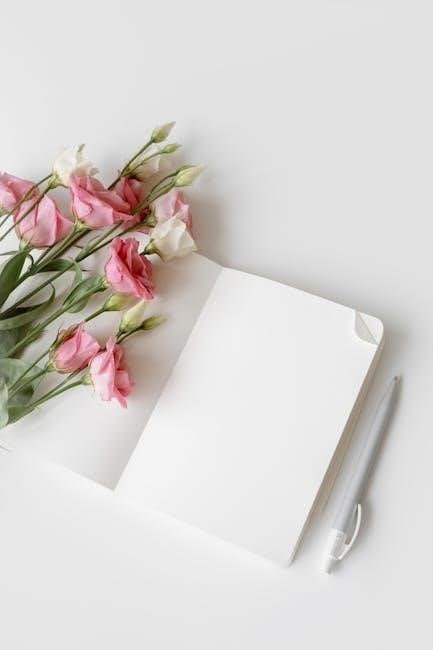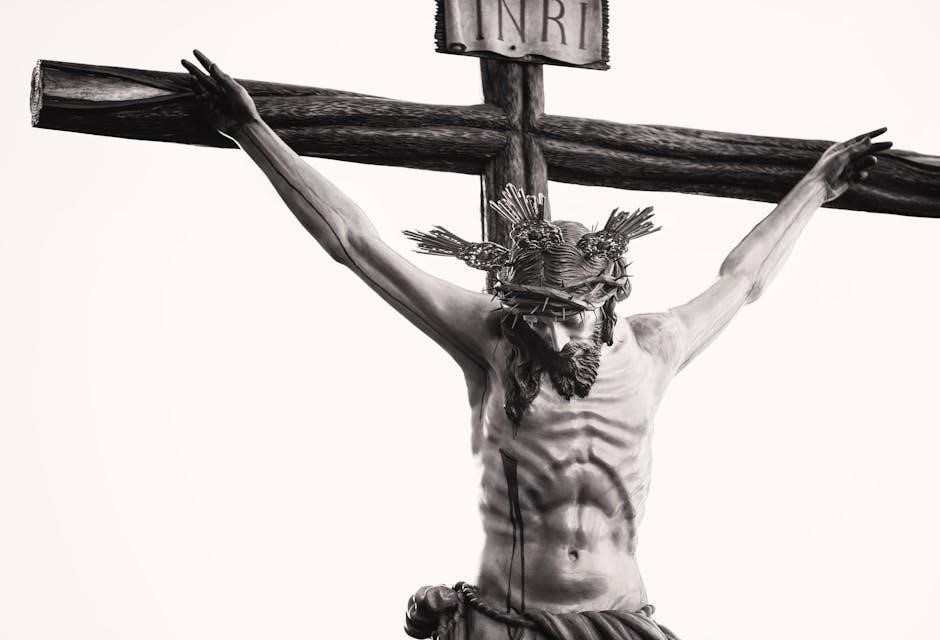my last duchess poem pdf
My Last Duchess Poem PDF⁚ Access and Availability
Numerous online resources offer Robert Browning’s “My Last Duchess” as a PDF. Websites like Scribd and others host the poem, readily available for download. Many educational sites also provide access for academic purposes. Free downloads are often available, ensuring accessibility for all readers.
Where to Find “My Last Duchess” in PDF Format
Securing a PDF of Robert Browning’s “My Last Duchess” is straightforward. Many websites dedicated to classic literature offer free downloads. Search engines readily yield links to various online repositories containing the poem in PDF format. Academic databases frequently include the text as a resource for students and researchers. Additionally, some websites specializing in poetry anthologies provide access to the poem within larger collections of Browning’s work, often available as downloadable PDFs. Remember to check copyright information before using any downloaded material for commercial purposes. Always cite the source appropriately when utilizing the poem in academic or other formal contexts.
Online Resources for Downloading the Poem
Several online platforms provide convenient access to “My Last Duchess” as a PDF. Websites like Project Gutenberg, a renowned archive of public domain works, might host the poem. Academic resource sites, frequently used by students and scholars, often feature the text, sometimes alongside critical analyses and annotations. Digital libraries associated with universities or research institutions may also offer downloads. Be aware that while many sources provide free access, some may require registration or subscription for full access to their resources. Always verify the legitimacy of the source to ensure the accuracy and integrity of the downloaded PDF. Checking for copyright information is crucial, especially for commercial use.
Analyzing Robert Browning’s “My Last Duchess”
This dramatic monologue reveals the Duke’s chilling possessiveness and control, exploring themes of power, jealousy, and the objectification of women.
Summary and Synopsis of the Poem
In Robert Browning’s “My Last Duchess,” the Duke of Ferrara, speaking to an envoy arranging his next marriage, reveals a dark secret. He unveils a portrait of his deceased wife, subtly showcasing his controlling nature. He boasts of his power, implying he orchestrated her death because of her perceived lack of respect and excessive friendliness. The poem centers on his monologue, where he describes her innocent interactions as unacceptable displays of affection. His arrogance, possessiveness, and chilling demeanor paint a vivid picture of a man who values ownership above all else. The poem concludes with the envoy’s departure, leaving the reader with the unsettling implications of the Duke’s actions and his chilling self-awareness.
Key Themes and Interpretations
Robert Browning’s “My Last Duchess” explores several key themes. The most prominent is the theme of power and control, embodied by the Duke’s domineering personality and his actions towards his late wife. The poem also delves into the complexities of marriage and gender roles within a patriarchal society, showcasing the Duke’s possessive nature and his inability to accept his wife’s independent spirit. The tension between art and life is another significant theme, with the Duchess’ portrait serving as a symbol of the Duke’s attempt to control even her memory. Interpretations vary; some focus on the Duke’s sociopathic tendencies, while others analyze the poem’s commentary on social class and the objectification of women. The poem’s ambiguity allows for a multiplicity of valid readings.
The Dramatic Monologue⁚ Speaker and Audience
Browning masterfully employs the dramatic monologue form in “My Last Duchess.” The poem’s speaker, the Duke of Ferrara, dominates the narrative, revealing his character indirectly through his words and actions. He addresses an unnamed envoy, ostensibly arranging a second marriage, but the real audience is the reader. The Duke’s self-revelation is subtle; his boasts and seemingly casual comments subtly expose his arrogance, possessiveness, and disturbing capacity for violence. The envoy’s silence, only implied, forces the reader to confront the Duke’s unsettling personality directly. This dynamic creates a powerful tension, as the reader becomes both observer and judge, complicit in the Duke’s disturbing self-portrait. The poem’s power lies in this indirect address and the reader’s active participation in deciphering the speaker’s true nature.
Historical Context and Background
The poem draws inspiration from the historical Duke Alfonso II of Ferrara and his wife, Lucrezia de’ Medici, enriching the narrative with a Renaissance Italian setting.
The Duke of Ferrara and His Wife
Robert Browning’s “My Last Duchess” centers on the Duke of Ferrara, a powerful and controlling figure whose possessive nature is central to the poem’s narrative. While not explicitly named in the poem, the historical inspiration for this character is Alfonso II d’Este, Duke of Ferrara. The poem alludes to his deceased wife, the Duchess, though her identity remains undisclosed within the poem itself. The historical parallel suggests the Duchess might be Lucrezia de’ Medici, although Browning takes considerable poetic license in portraying their relationship. The Duke’s monologue reveals a man consumed by jealousy and a sense of entitlement, highlighting his dissatisfaction with his wife’s perceived lack of proper deference and appreciation for his status. His controlling behavior and ultimately, his implication in her death, serve to underscore the themes of power, possessiveness, and the objectification of women prevalent in the poem.
The Renaissance Setting of the Poem
Browning masterfully situates “My Last Duchess” within the vibrant yet oppressive backdrop of the Italian Renaissance. The poem’s setting, Ferrara, was a prominent center of art and culture during this period, a fact that significantly informs the poem’s themes. The Duke’s palace, filled with artistic treasures, including the titular portrait of the Duchess, reflects the opulence and artistic sophistication of the era. However, this opulent setting also serves as a stark contrast to the darker undercurrents of the poem, highlighting the societal structures and power dynamics that enabled the Duke’s controlling behavior. The Renaissance’s emphasis on patronage and the control exerted by powerful patrons over artists and their creations subtly mirrors the Duke’s dominance over the Duchess and even the portrait itself. This carefully constructed setting enhances the poem’s exploration of power, control, and the complexities of human relationships within a specific historical and cultural context.
Exploring the Poem’s Literary Devices
Browning’s masterful use of dramatic monologue, symbolism, and irony elevates “My Last Duchess” to a literary masterpiece. These techniques unveil the Duke’s character and the poem’s complex themes with chilling effectiveness.
Symbolism and Imagery in “My Last Duchess”
The poem is rich with potent symbolism and imagery, significantly contributing to its overall impact. The painting of the Duchess itself functions as a powerful symbol, representing the Duke’s possessive nature and his inability to truly connect with his wife. Her seemingly lifelike portrayal in the painting ironically underscores her lifelessness in his eyes. The “curtain” he draws for the envoy symbolizes his control and manipulation, while the references to Neptune taming a sea-horse hint at his domineering personality and desire to control everything around him. The contrast between the vibrant, lifelike painting and the Duke’s cold, calculating narration creates a stark visual and emotional dichotomy. The vivid descriptions of the Duchess’s beauty and the subtle details of the palace further enhance the poem’s visual impact, making the Duke’s actions all the more disturbing.
The Use of Dramatic Irony
Robert Browning masterfully employs dramatic irony in “My Last Duchess,” creating a chilling effect. The reader is privy to the Duke’s sinister intentions, concealed behind his seemingly polite conversation with the envoy. His casual remarks about his “last Duchess,” his nonchalant display of her portrait, and his subtle boasting about his power and status all reveal a dark undercurrent of violence and control. The envoy, and the reader, initially perceive the Duke as a cultured nobleman. However, the subtle hints of his jealousy and the implied murder of the Duchess gradually reveal his true, monstrous nature. This dramatic irony intensifies the poem’s unsettling tone, highlighting the contrast between the Duke’s outward presentation and his inner depravity. The reader’s understanding of the situation vastly differs from the envoy’s, leading to a powerful and disturbing experience.
Related Posts

tu zona crypto book pdf
Dive into the world of cryptocurrency with our expert guide. Discover tips, tricks, and strategies for success in crypto trading and investing.

cronicas de una muerte anunciada pdf
Get the full “Cronicas de una Muerte Anunciada” book in PDF format instantly. Free download available now at mojopet.com.

the attributes of god pdf
Explore the divine qualities of God through our comprehensive PDF guide. Download now and deepen your spiritual understanding!